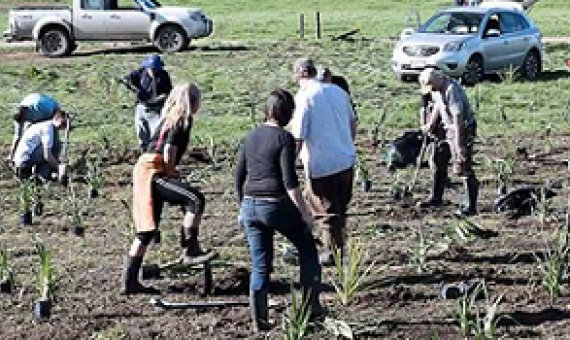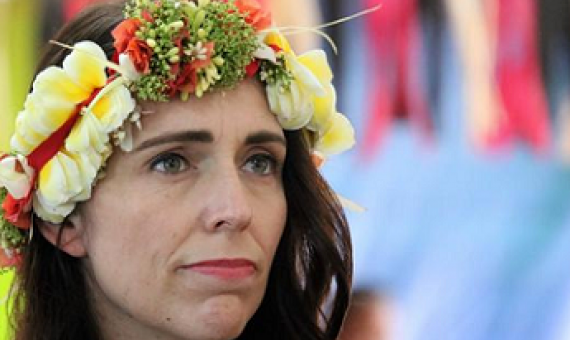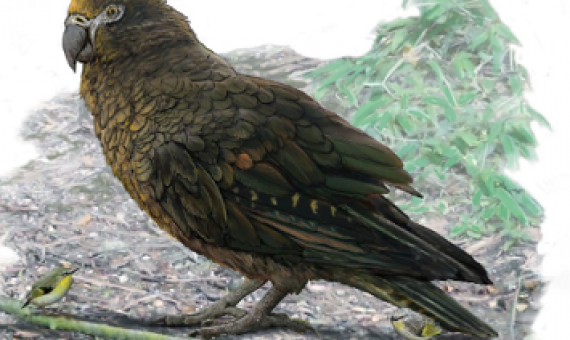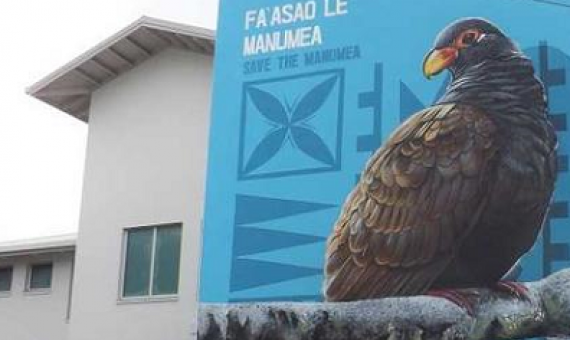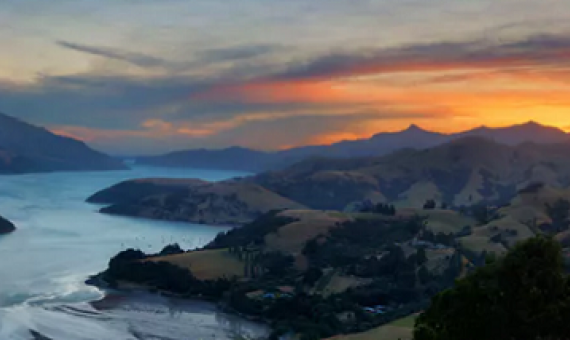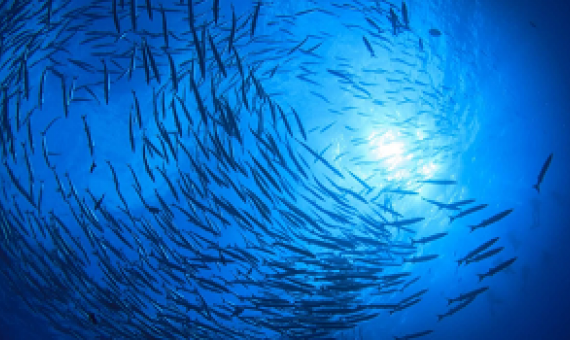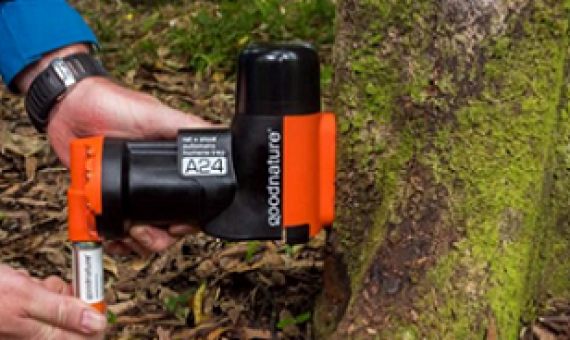With funding from the Waikato River Authority and advice from DairyNZ, Waikato Regional Council, Niwa, Opus International Consultants and Hill Laboratories, 12,320 native plants were placed in the wetland. As well as preventing groundwater coming into the wetland, they attract native birds.
...25 nations who are signatories to the Convention for the Conservation of Antarctic Marine Living Resources (CCAMLR) have been debating proposals to establish a network of marine protected areas (MPAs) that would balance commercial fishing activity with conservation.
Prime Minister Jacinda Ardern is dedicating $150 million to support climate change resilience in the Pacific. Ms Ardern made the announcement in Tuvalu, where she is attending the 18-nation Pacific Islands Forum which starts today. Link to full article below.
Australasian palaeontologists have discovered the world's largest parrot, standing up to 1m tall with a massive beak able to crack most food sources.
Conservationists in Northland say the Whangārei District Council needs to get real about climate change after a hectare of native forest was felled to make way for a subdivision. Link to full article below.
Security has been beefed up at caves where moa bones are at risk of being pillaged, as the government moves to make it illegal to trade remains of the extinct bird. Link to full article below.
Samoa's campaign to save its national bird, the manumea, was jointly launched on the weekend by New Zealand's Prime Minister. Link to full article below
New Zealand’s marine and coastal environments have significant ecological, economic, cultural and social value, but they face many threats. Disjointed legislation and considerable knowledge gaps limit our ability to effectively manage marine resources.
The Office of the Auditor-General is the latest body to argue reform of marine reserve legislation and wider marine biodiversity management is needed if NZ is to lift the area covered by marine reserves. Click on the link below to read the full article.
To preserve New Zealand’s remaining native biodiversity, the country has begun an ambitious nationwide program to eliminate its most damaging non-native invasive predators — rats, stoats and possums — by 2050.

